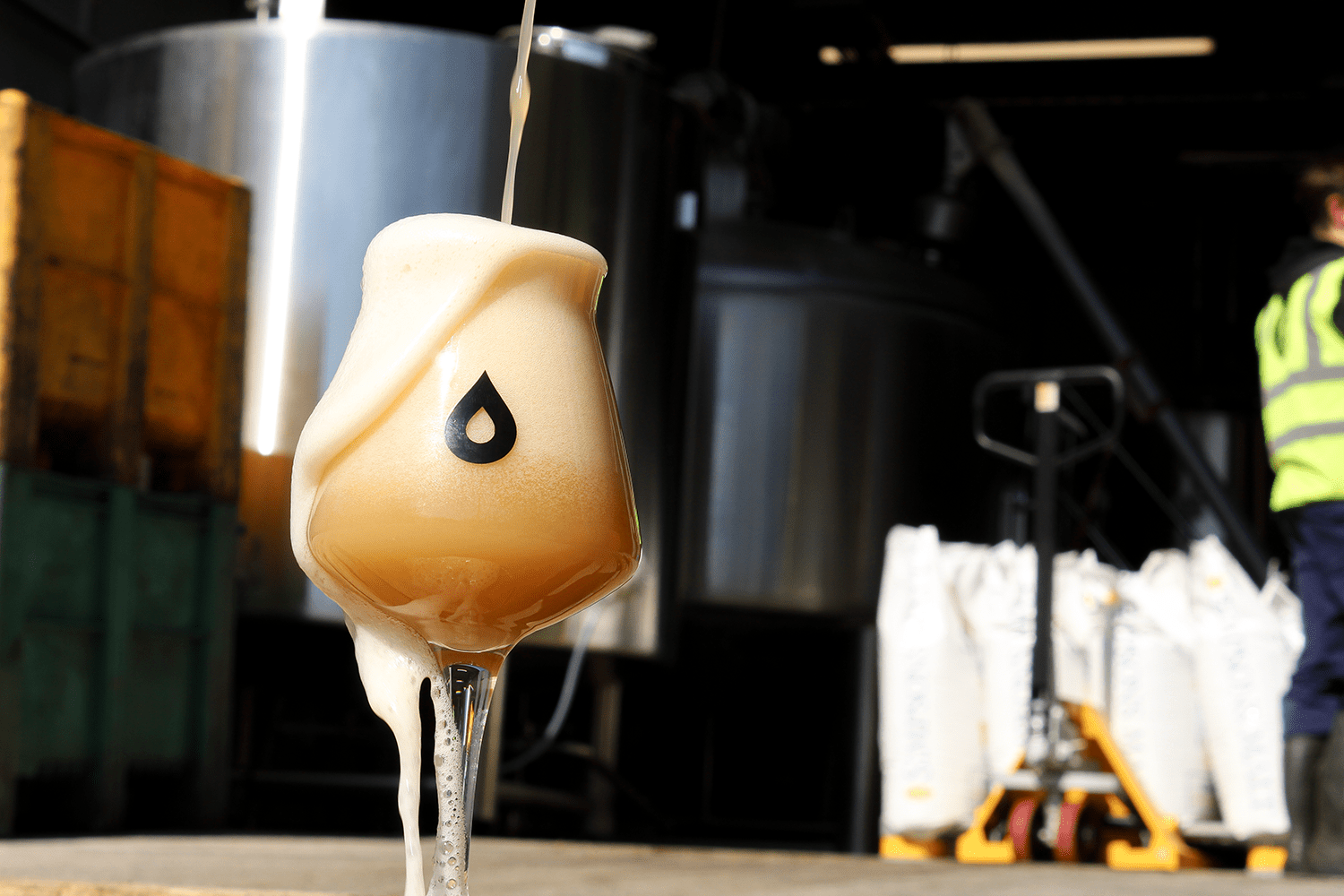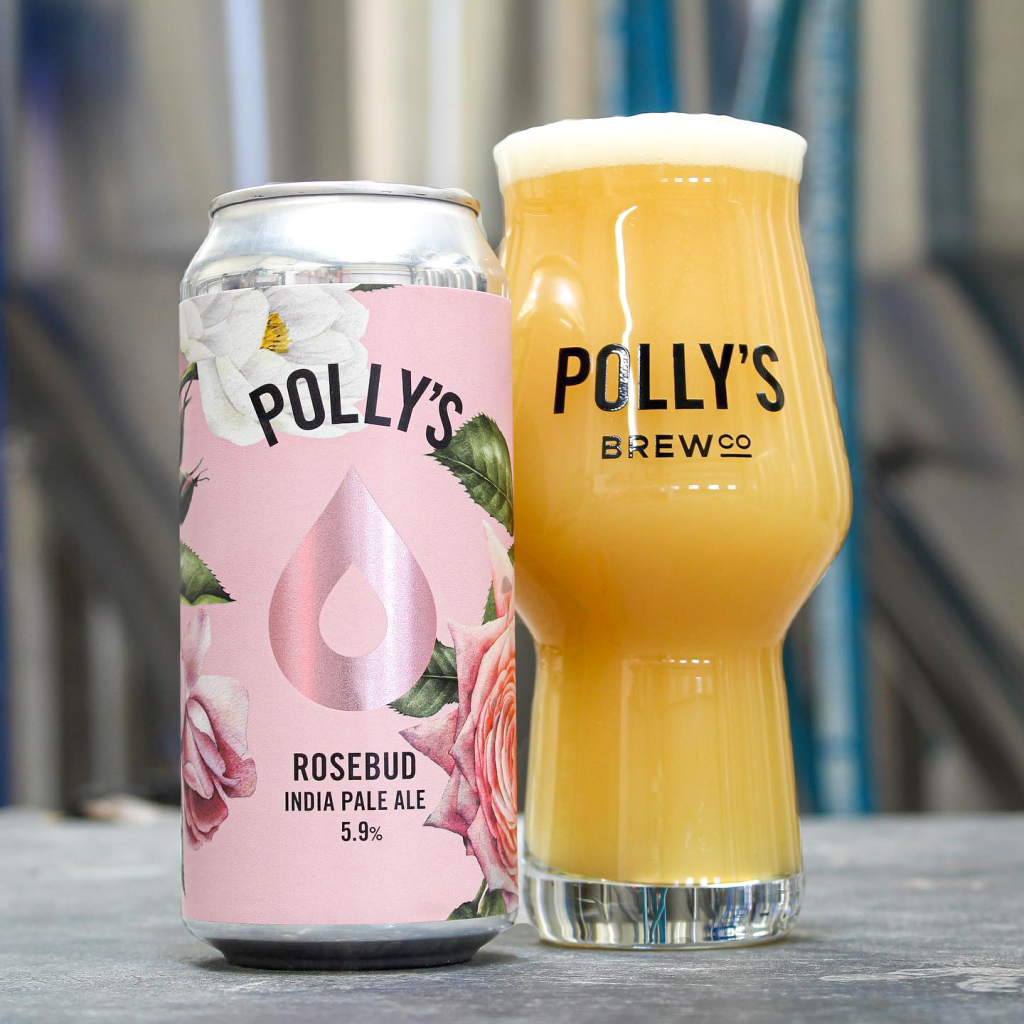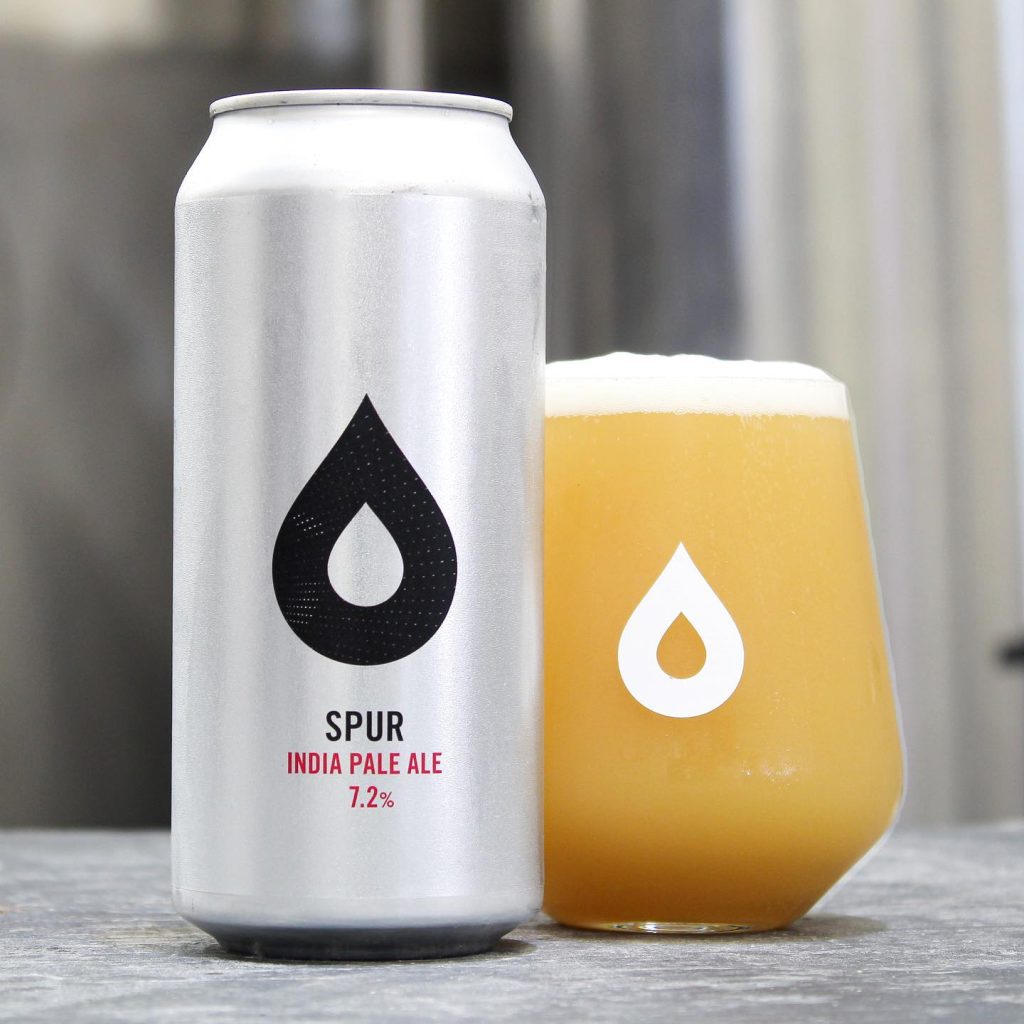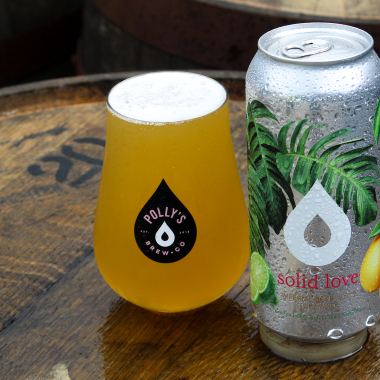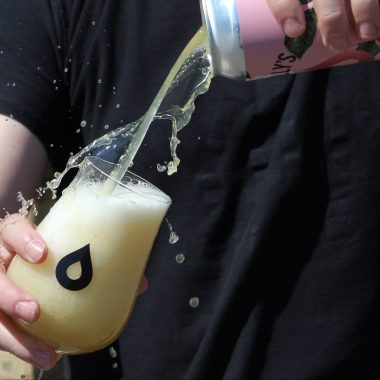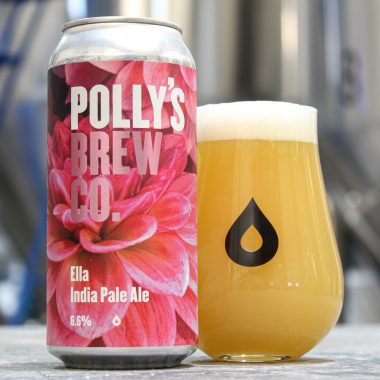Is an IPA a Craft Beer?
If you’d mentioned the acronym “IPA” to a bartender in the middle of a busy bar fifteen years ago, you’d most likely have gotten a furrowed brow, and a swift suggestion to find your way to the old bloke’s pub around the corner. Much less so if you’d mentioned the term “craft beer”, but now both are as ubiquitous within a modern day bar as a wine menu or spirits list.
As a mainly IPA producing brewery, a question that is frequently asked of us is “is IPA a craft beer?”. Well, yes. And no. The differences are down to a matter of definition, and hopefully this blog post should help act as a guide for those who are less experienced with what it is we produce here at Polly’s.
What is Craft Beer?
The first task we have when tackling this question is to attempt to define what a craft beer is; which in itself is a question as murky as the hazy beers we’re so fond of drinking ourselves. Unlike the UK, the USA actually has a definition of what a craft brewer is; which according to the Brewers Association has two defining characteristics:
- Small – annual production of six million barrels of beer or less
- Independent – less than 25% owned or controlled by an industry member not itself a craft brewer
We’ve got to consider however that America is a big place with a lot of people, and these numbers are pretty atmospheric compared to your average UK brewer – the cap for a craft brewer in the US for example is multiple times the size of Polly’s Brew Co – but we have some key points to grasp onto; in that to produce craft beer, a brewery has to be small and independent – both things we fall within comfortably here at Polly’s. We are and always will be 100% independent, and whilst our output was an impressive 500,000L of beer in 2022, we still only account for less than 1% of the total UK beer drinking market.
Craft beer also generally sees a lot of innovation and interpretation compared to bland, faceless macro breweries; it’s with this that craft brewers have been able to catch lightning in a bottle and maintain the high levels of excitement whenever their breweries release a new twist on an established classic. Styles such as stouts, saisons, and yes, IPAs, have had twists put on the traditional recipes with non-traditional ingredients or methods.
So, what is an IPA?
According to the BJCP style guide, an IPA is defined as “a decidedly hoppy, moderately strong pale ale, showcasing modern US, or New World hop varieties”, the strength lies anywhere between the 5.9%-7.4% – simple enough right? Well, much like anything in modern beer, not exactly.
So,the IPA – the most popular style within the craft beer industry bar none, and the style that has rejuvenated not only the US, but the UK beer drinking scene completely. A beer with a hotly debated history, the India Pale Ale is generally considered to have first entered lexicon in the early 19th Century – the term India Pale Ale first noted back in 1829 within an advert in the Sydney Gazette for a hoppy beer specifically prepared for the trip to India.
It’s generally accepted IPA beer came about in the late 1700s as a stronger version of the beers brewed with coke-fired roasted malts, creating a lighter coloured beer with a milder flavour, allowing the hops to shine through.
If we dive a little deeper, we’ll find literal bucket-loads of IPA sub-styles, some hugging those BJCP guidelines to the letter like the brash, bold, bitter West Coast IPAs that inspired the modern revolution in the first place, and some branching as far away from the original intended style as possible, such as the heavily lactose-dosed, cloyingly-sweet Milkshake IPAs.
Polly’s and IPA
Where does Polly’s sit on the spectrum of the IPA then? We’re very much a craft brewery that leans into the New England IPA style – heavily hopped, consciously hazy beers brewed with a softer water profile, with a great amount of attention paid to the cold side hopping process rather than the hot side to amplify the complex aroma compounds of the hops we use, and utilising yeast specifically designed to accentuate fruit-forward, tropical flavour profiles.
The most widely accepted first example of the style is generally considered to be Vermont-based brewery The Alchemist’s Heady Topper, the brewery experimenting with not filtering or pasteurising the beer; resulting in a thicker IPA with microscopic compounds that added both flavour and aroma, as well as a distinctive and unusually murky appearance, coining the term hazy IPA. Demand outstripped supply as people gravitated to the softer drinking experience, and other breweries in the region began to brew their own interpretations of the style, creating the New England IPA.
Whilst the style landed in the United States in 2011, it wasn’t until Manchester-based Cloudwater and their DIPA v. series that the New England IPA broke ground in the United Kingdom in 2016. This inspired a generation of brewers, us included, to fire up their own brew kits and create these incredible haze-bombs that have taken the craft beer world by storm.
We’ve always subscribed to the idea that we would rather be excellent at a narrow number of styles than to be moderate at every style under the sun, which is why for the majority of Polly’s Brew Co’s existence, we have focused our attention on creating hop-forward, modern IPAs. Some of our personal highlights include Rosebud – our flagship core IPA, specifically designed for the drinker less familiar with craft beer, all the way up to the beer nerd’s favourite Spur – a highlight of our Augment Icons range, and a permanent fixture of our output.
So we circle back around to the initial question at hand – is IPA a Craft Beer? Again, yes. And no. Craft beer’s popularity has seen big beer capitalise, and attempt to create its own bastardised versions of the beer styles we love. Whether it’s through dressed up, poorly made imitations, or outright buying up the competition, we’ll always face a much more well-equipped enemy in big beer. But true craft brewers are capable of creating something that doesn’t have the suits and a bottom line figure in mind throughout. Long may we continue to enjoy them with you.

